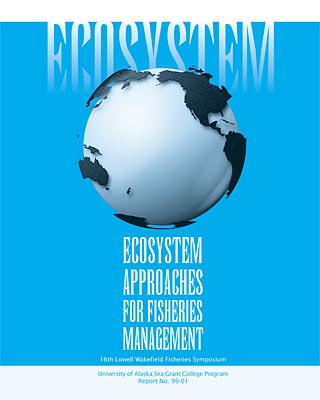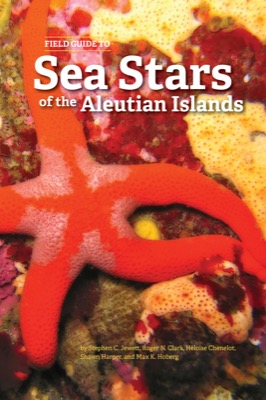
Applying Ecosystem Management to Fisheries in the Strait of Georgia
Richard J. Beamish and Gordon A. McFarlane
- Price: $0.50 Sale: $0.00
 This is part of Ecosystem Approaches for Fisheries Management
This is part of Ecosystem Approaches for Fisheries Management| Format | Price | |
|---|---|---|
| PDF download [301.4 KB] Bypass cart and download |
Free | Add to Cart |
Description
The Strait of Georgia is located between Vancouver Island and mainland British Columbia. It is one of the most important marine ecosystems in the Pacific, as most British Columbians live within 10 km of its shores and it is a major rearing and nursery area for a number of important species of fishes. Various components of the dynamics of this ecosystem have been identified over the past 50 years. However, the connection between fish dynamics and ecosystem dynamics remains poorly understood. Recent studies have shown that major changes in the composition of fish species can occur naturally in response to shifts in the climate and ocean environment. In the Strait of Georgia, these regime shifts affect the matching of copepod movement into the surface waters with the first feeding stage of larval hake and herring. As these two species are the dominant fishes in the Strait of Georgia, changes in their biomass will affect the dynamics of the populations of other species. We propose that the key process that regulates fish abundance is related to the factors that regulate the timing of the vertical migrations and abundance of copepods. According to our hypothesis, copepods are the component of the zooplankton community that link the fundamental processes of microscopic plant production through the association of light and nutrients with the survival of larval fish. We suggest that effective management of the fish populations in the Strait of Georgia requires an understanding of how climate and ocean changes affect ecosystem dynamics. A first step toward ecosystem management could be the production of species ecosystem management charts. We provide examples of these charts for Pacific herring, Pacific hake, and coho salmon. The charts included in this paper may ultimately be shown to require major changes. It is the process of identifying the key factors affecting species abundance that is important in the initial stages of ecosystem management. It may be as challenging to find methods to communicate the information among experts as it is to acquire the relevant information. There is considerable speculation in our approach, but we propose that it provides a framework to begin to manage single species in the context of their ecosystems.
Item details
- Item number: AK-SG-99-01at
- Year: 1999
- DOI: https://doi.org/10.4027/eafm.1999.46



